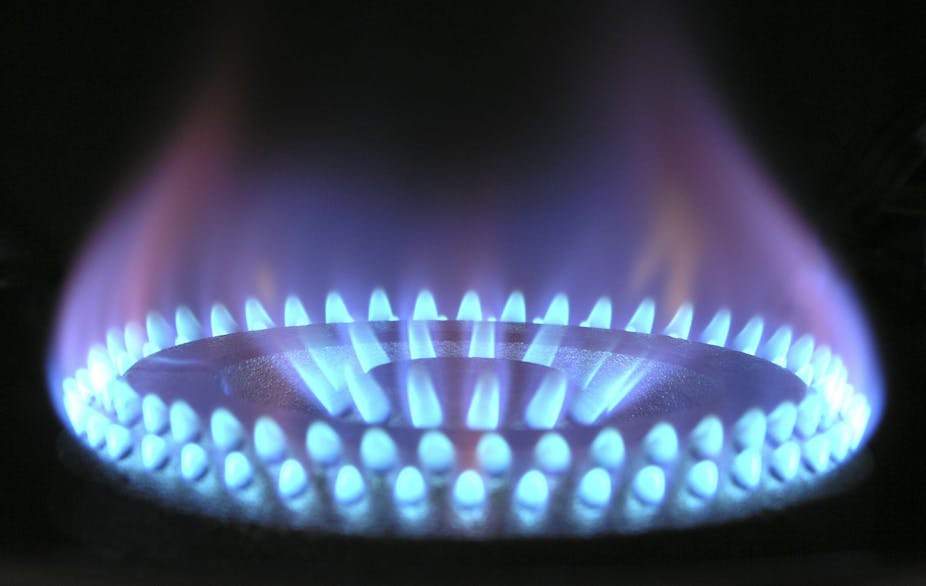For those watching the UK energy sector, barely a week has gone by of late without some kind of drama. A third of the nation’s coal power stations breaking down, subsidies cut for renewables but available for diesel generators, and a leaked letter suggesting renewable targets would be missed. This has led to much criticism at home and abroad.
No wonder the new Secretary for Energy and Climate Change, Amber Rudd, says she’d like energy policy to be more “boring”. Her recent statement was an opportunity for Amber Rudd to re-establish her credibility. So has the “reset” worked?
Few will disagree with the announcement of a fixed end to coal-fired power generation in 2025. Coal produces the largest proportion (32%) of our electricity supply in 2014, and the highest levels of greenhouse gas emissions. All plants are over 35 years old, and most were slated for retirement by 2025, with policies such as the carbon price and the need to meet the EU Industrial Emissions Directive designed to persuade power generators to switch away from coal. But progress has been slow, and research by Imperial College has even suggested the economics favour keeping at least some coal power running into the 2030s.
So it seems that fixing the judgement day for coal power in the UK is not the bold policy move many are claiming – where other policies are failing, it’s simply another means to achieve the same end. The pressing question is how to replace the power these plants generated. Given the UK’s emission reduction targets, you’d imagine renewables would figure strongly. Instead, the government is suggesting gas power will fill the gap.

How to meet the cost of climate targets
The Committee on Climate Change (CCC), an independent body established to advise the government, recommends that the emissions intensity of power generation should by 2030 be under 100 grammes CO₂ per kWh and much lower still by 2050 in order for a cost-effective pathway for meeting legally binding emissions targets.
Gas produces less than half the greenhouse gas emissions of coal, but at 365 grammes CO₂ per kWh this is much higher than the target intensity level. For gas to remain in the power generation mix, at least 73% of power generation would need to be virtually zero carbon by 2030. Yet gas-fired power already meets about 30% of the UK’s electricity needs – so this means the country needs to reduce, not increase, the number of gas-fired power stations (specifically, those without carbon capture installed). The CCC estimates that investing in low-carbon technologies rather than gas-fired power throughout the 2020s would reduce UK CO₂ emissions by 55m tonnes.
The secretary of state gives no indication as to whether new gas plants will have to be fitted with carbon capture and storage (CCS). Using CCS is widely acknowledged to be the most cost effective way of meeting climate targets, estimated to halve the cost of meeting the UK’s 2050 targets. So it’s surprising that CCS barely gets a mention. But in any case, CCS cannot completely remove emissions: capture rates are estimated to be 85-90%, and overall reductions (over the whole lifecycle) would be lower.
Given that there is no CCS in commercial operation in the UK yet, with the only planned plant not expected to be operational before 2020, the government needs to enable rapid acceleration of CCS development – particularly if it is to emphasise gas power.
It’s not just about electricity
The UK imported 45% of its gas needs in 2014 and even with the most optimistic shale gas production figures this will continue for the forseeable future. Biogas will contribute at most 10% of current demand by 2025.
The extra gas would presumably be liquefied natural gas (LNG) shipped from abroad. Transportation and processing means that LNG has higher overall emissions compared with conventional gas in the range of an additional 12-36% greenhouse gas emissions. Increasing use of LNG will increase the overall emissions from using gas energy. It’s estimated that the process of fracking for shale gas would also generate up to 25% higher emissions.
But there are greater problems in decarbonising other energy use sectors. Heating constitutes more than 40% of UK energy use, with transport accounting for another 40%. It is much more difficult to tackle emissions in these sectors. Mass deployment of electric vehicles is a long way off, and for heating there is no competition on performance or cost for a gas boiler. There’s also enormous infrastructure already in place to deliver gas to 84% of homes: were the UK to try and electrify its heating this would require many times more power generation capacity just to meet peak winter demand, that would then lie redundant for the warmer months making it a costly investment.
So the government’s announcement may spell the end of coal-fired power, but says nothing about how to tackle the 80% of the UK’s energy use expected to be more costly and difficult to decarbonise than electricity generation. From Rudd’s statement it seems as if the pressure is off in decarbonising electricity generation. Where does that leave the UK in meeting its legally-binding emissions targets? Perhaps the government should start saving to meet the EU fines and legal costs it will inevitably face when it misses them.

